
Here is a 1-5 day unit on electromagnetic radiation that features a teacher guide and student activities with extensions.
- Subject:
- Mathematics
- Science
- Material Type:
- Lesson Plan
- Provider:
- University of California Berkeley
- Date Added:
- 12/01/2023

Here is a 1-5 day unit on electromagnetic radiation that features a teacher guide and student activities with extensions.
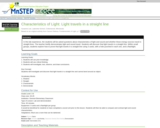
This activity examines the characteristics of light. Students demonstrate that light travels straight and does not bend around an object.
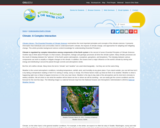
This article continues an examination of each of the seven essential principles of climate literacy on which the online magazine Beyond Weather and the Water Cycle is structured. Principle 2 covers the complex interactions among the components of the Earth system. The author discusses the scientific concepts underlying the interactions and expands the discussion with diagrams, photos, and online resources.

This video from NASA describes the detailed computer modeling used to predict that colliding neutron stars can produce gamma-ray bursts similar to those associated with black holes.
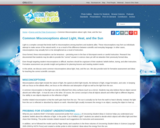
This article lists common misconceptions about light, heat, and the sun. It provides formative assessment probes and information about teaching for conceptual change.

In this video [2:12], observe a group of children using light to communicate over a distance in this live-action video produced by WGBH. Use the video to observe strategies for using light to communicate across a distance as well as to design a light signal code to help you communicate to solve a problem from different locations. Teacher and student resources are provided.
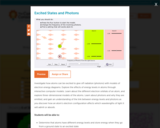
This concept-building activity contains a set of sequenced simulations for investigating how atoms can be excited to give off radiation (photons). Students explore 3-dimensional models to learn about the nature of photons as "wave packets" of light, how photons are emitted, and the connection between an atom's electron configuration and how it absorbs light. Registered users are able to use free data capture tools to take snapshots, drag thumbnails, and submit responses. This item is part of the Concord Consortium, a nonprofit research and development organization dedicated to transforming education through technology.

Elementary grade students investigate heat transfer in this activity to design and build a solar oven, then test its effectiveness using a temperature sensor. It blends the hands-on activity with digital graphing tools that allow kids to easily plot and share their data. Included in the package are illustrated procedures and extension activities. Note Requirements: This lesson requires a "VernierGo" temperature sensing device, available for ~ $40. This item is part of the Concord Consortium, a nonprofit research and development organization dedicated to transforming education through technology. The Consortium develops digital learning innovations for science, mathematics, and engineering.

This site from Stanford University is on the topic of simultaneity in relativity.

In this video segment adapted from ZOOM, two solar cookers are tested against a control to see which can cook a "s'more" faster.

This video from NASA features the Cosmic Origin Spectrograph (COS), which allows scientists to use spectrographic analysis to assess the composition of intergalactic material.
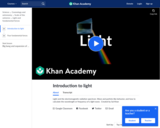
This 10-minute video lesson provides a basic introduction to light and electromagnetic radiation. [Cosmology and Astronomy playlist: Lesson 68 of 85]
Khan Academy learning modules include a Community space where users can ask questions and seek help from community members. Educators should consult with their Technology administrators to determine the use of Khan Academy learning modules in their classroom. Please review materials from external sites before sharing with students.
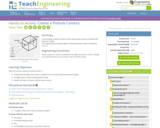
In this activity, students construct their own pinhole camera to observe the behavior of light.

This activity gives a visual representation of how we are able to observe many colors in a sunrise or sunset.
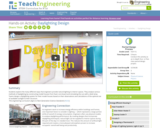
Students explore the many different ways that engineers provide natural lighting to interior spaces. They analyze various methods of daylighting by constructing model houses from foam core board and simulating the sun with a desk lamp. Teams design a daylighting system for their model houses based on their observations and calculations of the optimal use of available sunlight to their structure.

Isabella and Amalie are in Copenhagen, and they saw a periscope in the water. Join them, and find out what this is all about. This module discusses how to use a periscope, what light sources are, and how light impacts shadows.
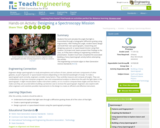
Students find and calculate the angle that light is transmitted through a holographic diffraction grating using trigonometry. After finding this angle, student teams design and build their own spectrographs, researching and designing a ground- or space-based mission using their creation. At project end, teams present their findings to the class, as if they were making an engineering conference presentation. Student must have completed the associated Building a Fancy Spectrograph activity before attempting this activity.

In this video from NOVA scienceNOW, learn how scientists detect potential signs of life on distant planets.

This physics department site provides links about the diffraction of light. Each page includes thorough explanations and meaningful graphics. Some pages include interactive problem-solving practice sections.

Excellent article from the Stanford Encyclopedia of Philosophy tracing the development of "divine illumination" throughout the classical and medieval Christian philosophical tradition. Describes how this distinctively Christian epistemology derived from classical Greek thought, was developed by Augustine and Aquinas, and finally met its demise in the work of Henry of Ghent and John Duns Scotus. Bibliography included.